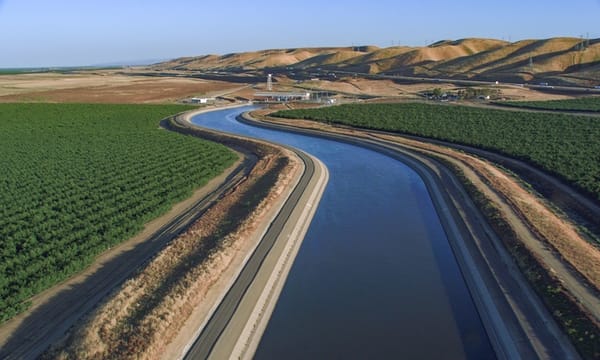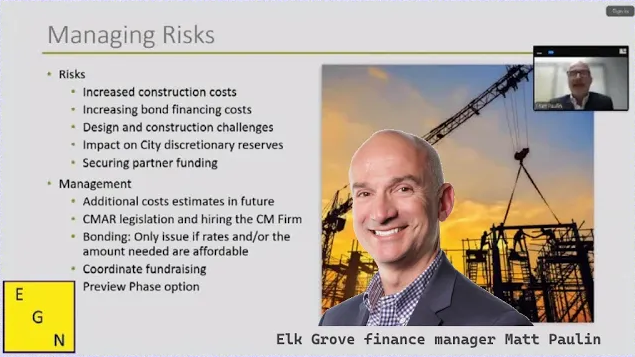Read more

Elk Grove News Minute - How many more McVeighs and Nichols are in his cult?
A sad day 30 years ago today.

Court Blocks Delta Tunnel Drilling Once Again
The petitioners – the San Francisco Baykeeper, Restore the Delta, Delta counties and agencies, among others – vigorously opposed DWR’s motion.

Possible effects of Trump's tariffs, interest rates might have on Elk Grove's $300 million zoo project
While the former president's economic policy had its share of critics, Biden's policies offered businesses and the economy a degree of orthodoxy.

One year ago Elk Grove's then finance manager boldly predicted lower interest rates for zoo construction financing
So, if interest rates have dropped, making construction feasible and cheaper, why hasn't the city rushed into issuing the bonds?